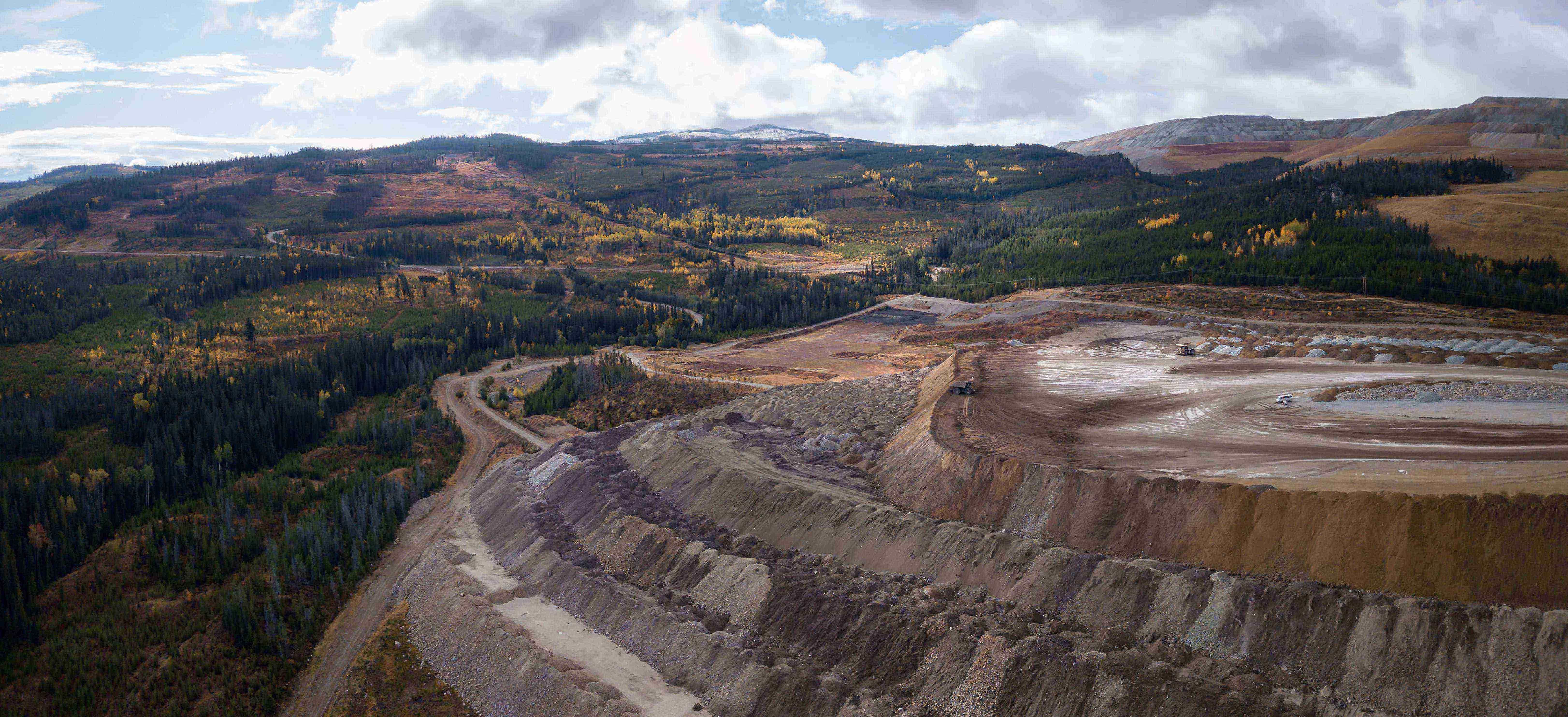Lima, JULY 4 2022 UNDP: HDI values of mining regions of southern Peru are higher than the national average

. In the Peruvian southeastern provinces where there is mining activity, the growth rate of the Human Development Index (HDI) is higher than in regions without mining, according to Francisco Santa Cruz, representative of the United Nations Development Program (UNPD), during his presentation at Mining Thursday, on June 30, as part of Rumbo a PERUMIN.
He detailed that places such as Cusco, Urubamba, Espinar, and Canchis (in the Cusco region); San Román, San Antonio de Putina, and Puno (in Puno), and Abancay (in Apurímac) have a high development level, with HDI values higher than the national average. Other areas, like La Convención, Chinchero, Anta, Calca, and Chumbivilcas (in Cusco); Lampa and Melgar (in Puno); Andahuaylas and Cotabambas (in Apurímac), started with a low development index, but their growth rate is gradual and above the national average.
At another point, the specialist affirmed that the improvement in the HDI values is linked to sustainable territorial development, so the State is responsible for ensuring that the income generated by mining has a greater impact on people’s well-being. “Human development demands that all stakeholders (the government, peasant communities, etc.) help reinvest the income brought in by the extractive mining activity, as fiscal redistribution (canon minero), in a way that benefits the population,” he said.
In this context, he said that human development is the process of expanding people’s capacities and rights within a framework of equal opportunities to get ahead in freedom.
“The HDI is an indicator established based on people’s life expectancy, educational growth, and access to goods and services. In Peru, lower HID values have been recorded in higher regions, whereas a better evolution is seen in urban areas,” he explained.
In turn, Fausto Salinas, former president of the Chamber of Commerce of Cusco, stated that the bureaucracy found in the State institutions, added to the levels of corruption, harms the distribution of the resources generated by the mining activity to the districts, provinces, and regions, thus slowing down their socio-economic development.
“With 30 years of leftist governments, and 4 presidents in prison, there is no way that Cusco, for example, can translate economic growth into development opportunities for the region,” he remarked. Also attending Rumbo a PERUMIN were Luis Vargas, president of G&G Servicios Generales, and Víctor Ponce, director of El Montonero portal.







